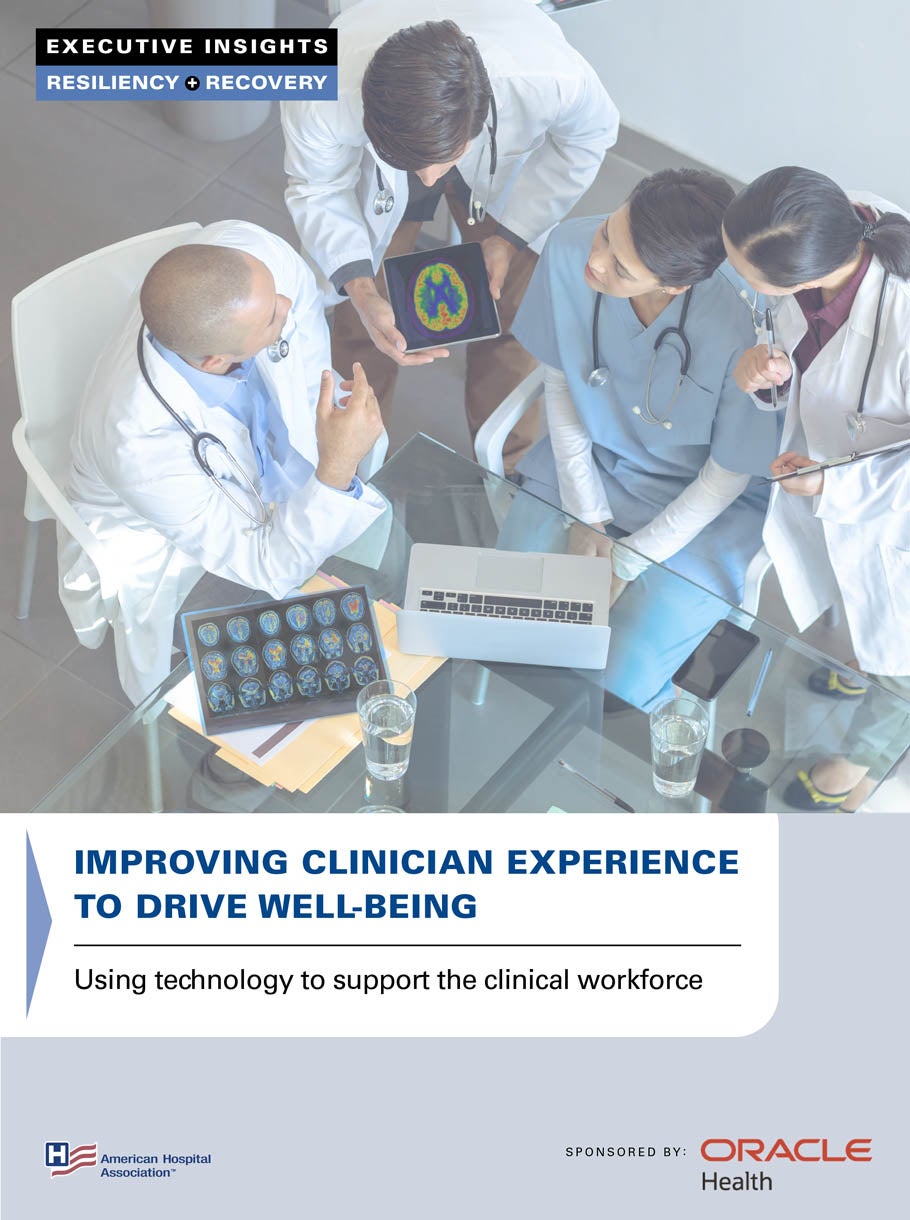
Improving Clinician Experience To Drive Well-Being
href="https://www.aha.org/system/files/media/file/2023/06/OracleHealth_ClinicianExperience_exedialogue_060523.pdf" target="_blank"
Executive Dialogue
Using technology to support the clinical workforce
Severe staffing shortages and the pandemic have had a traumatic impact on clinicians and amplified the need to support and improve their well-being. Burnout is not new, but COVID-19 has highlighted the challenges clinicians face when administrative burdens, suboptimal communication systems and teams working at capacity collide with an extended crisis. Burnout not only affects our clinicians, but also has deep implications for the health care system, in such areas as safety, quality and cost. Understanding the experiences of clinicians is paramount to driving wellness efforts, staff retention and recruitment. This executive dialogue explores strategies to improve clinician well-being and how technology can play a critical role in supporting the clinical workforce.
9 Proven Ways Technology Can Ease the Burden on Clinicians
- Give clinicians a voice at the table and create a culture and governance of shared accountability as to how technology is going to enable their work to increase satisfaction.
- Test new processes, technologies and creative solutions in patient care in an innovation unit, an interdisciplinary team-based model of care, to improve the staff and patient experiences as well as patient safety and outcomes.
- Track electronic health record (EHR) usability by clinician and target those that are least efficient for training and coaching.
- Intentionally design features in the EHR with clinician input.
- Balance virtual education and training with coaching and education at the point of service to keep up with staff needs, increased agency staff and changing roles.
- Use quantitative data with qualitative from nurse well-being navigators rounding on the floors to identify pain points and change programming.
- Lessen the time physicians spend managing EHR inbox messaging by delegating it to other staff if clinician expertise is not required.
- Create a psychologically safe environment for staff by utilizing training, data, EHR screening and support tools to identify patients with behavioral health concerns and how that impacts care delivery.
- Explore new technologies to positively impact clinical users, such as ambient listening technology, artificial intelligence virtual scribe, integration and automation of administrative tools and advanced interoperability platforms.
Participants

Ramona Cheek, MSN, R.N., CPHQ
Vice President, Nursing Transformation and Innovation
Bon Secours Mercy Health
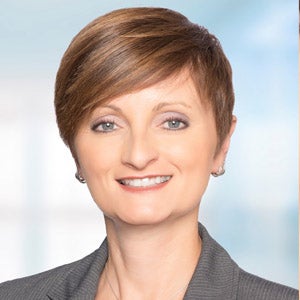
Lu de Souza, M.D., FAMIA
Vice President and Chief Medical Officer
Oracle Health
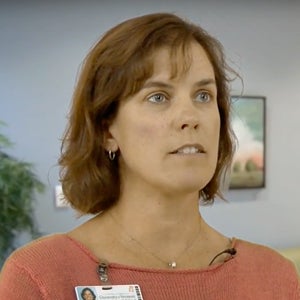
Patricia Fisher, M.D., MHA
Chief Medical Officer
Ocean University Medical Center

Kimberlee Freeman, DNP, MS, R.N., NEA-BC, FACHE
Vice President of Patient Care Services and Chief Nursing Officer
Wayne Healthcare
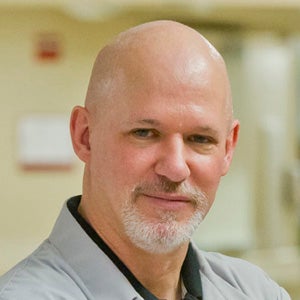
Bruce McNulty, M.D.
Chief Medical Officer
Swedish Hospital
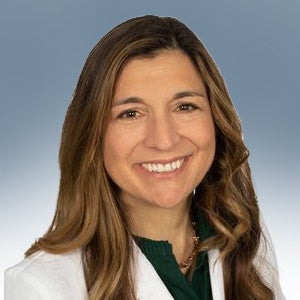
Susan Parisi, M.D., FACOG
Chief Wellness Officer
Geisinger

Timothy Quigley, DNP, MBA, R.N., NEA-BC
Senior Vice President of Special Projects
South Shore Health
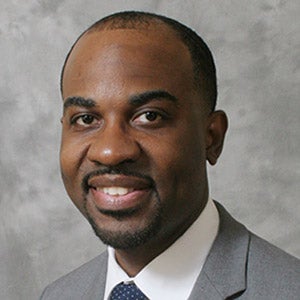
Ryan Sledge, MBA, MPH
Vice President of Workforce Health and Safety
HCA Healthcare
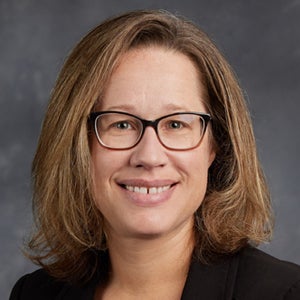
Renee Smith, M.D., MBA
Chief Medical Officer
Blanchard Valley Health System

Lisa Smithgall, PhD, RNC-NIC, NEA-BC
Senior Vice President and Chief Nursing Officer
Ballad Health

Moderator:
Robyn Begley, DNP, R.N., NEA-BC, FAAN
Senior Vice President and Chief Nursing Officer, American Hospital Association, and CEO, American Organization for Nursing Leadership
American Hospital Association
AHA Executive Dialogue Series
Gain insights from the C-suite and health care leaders on the most pressing issues and transformational strategies.


